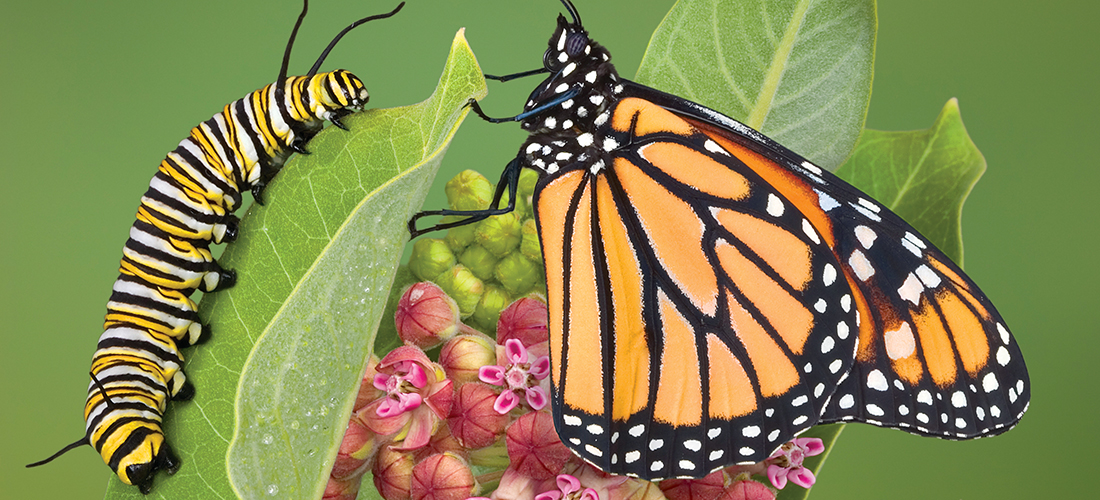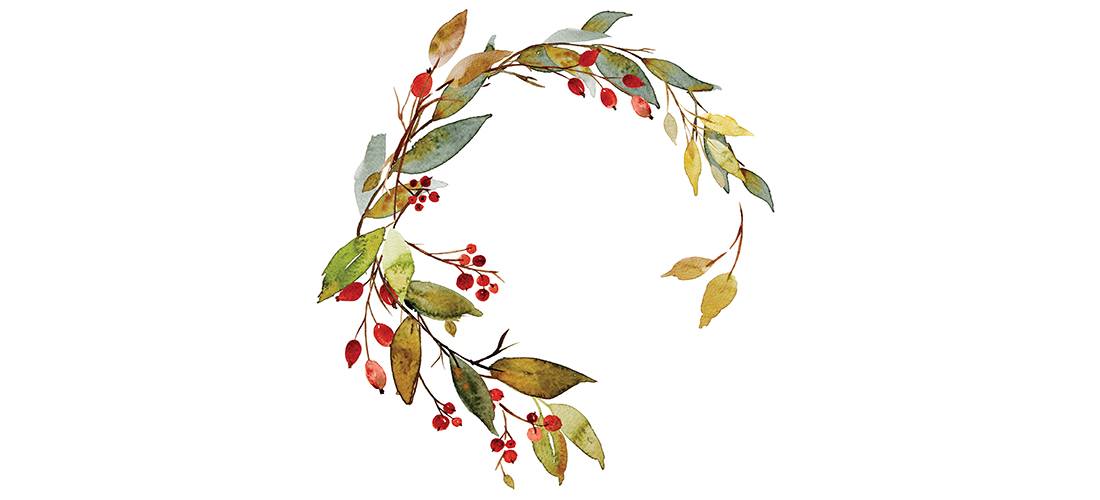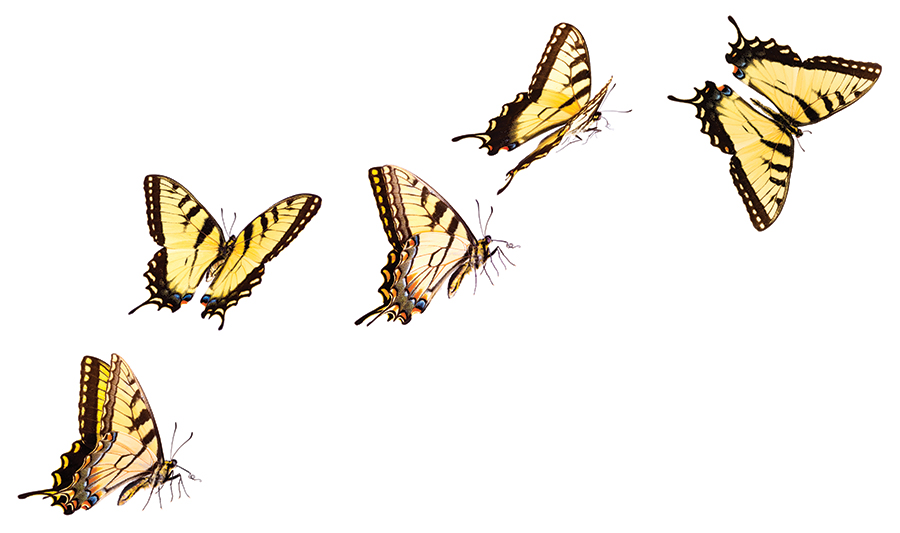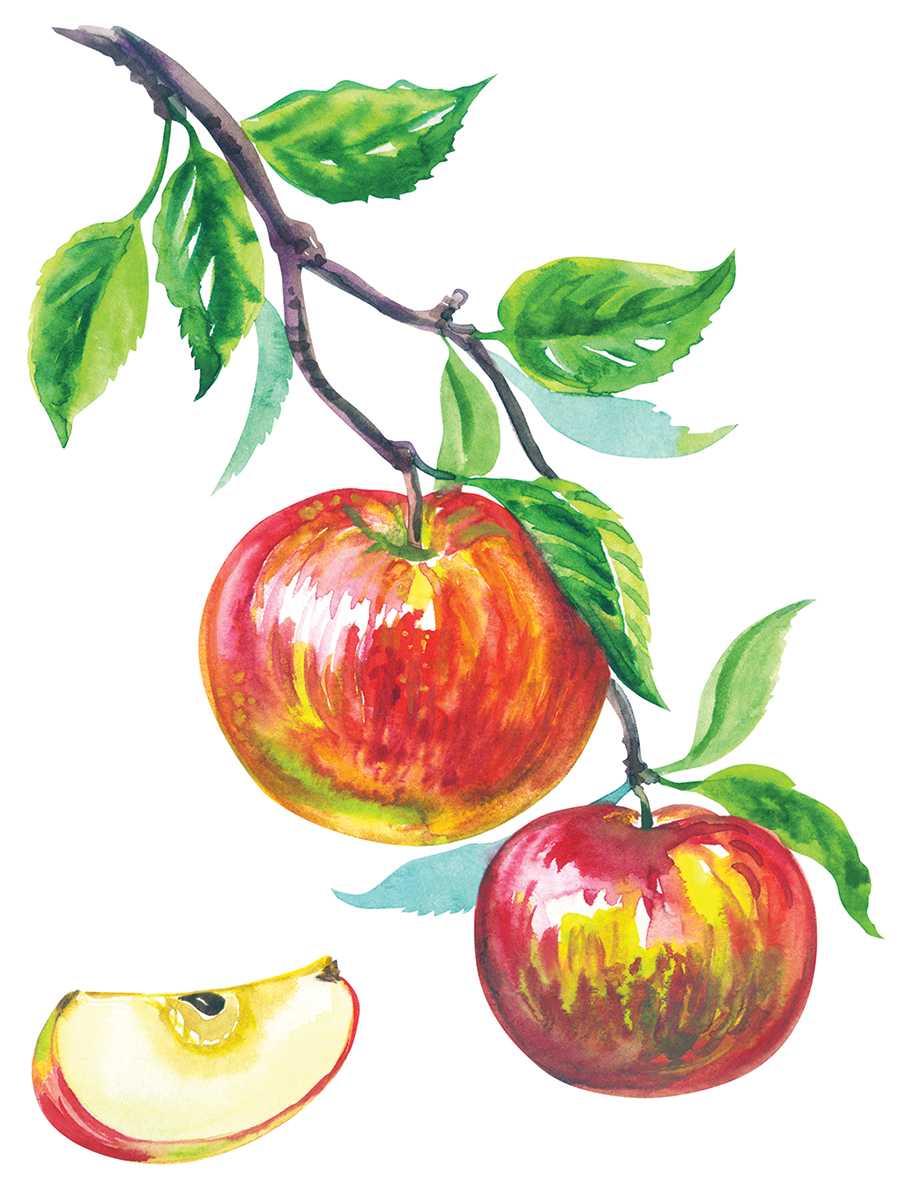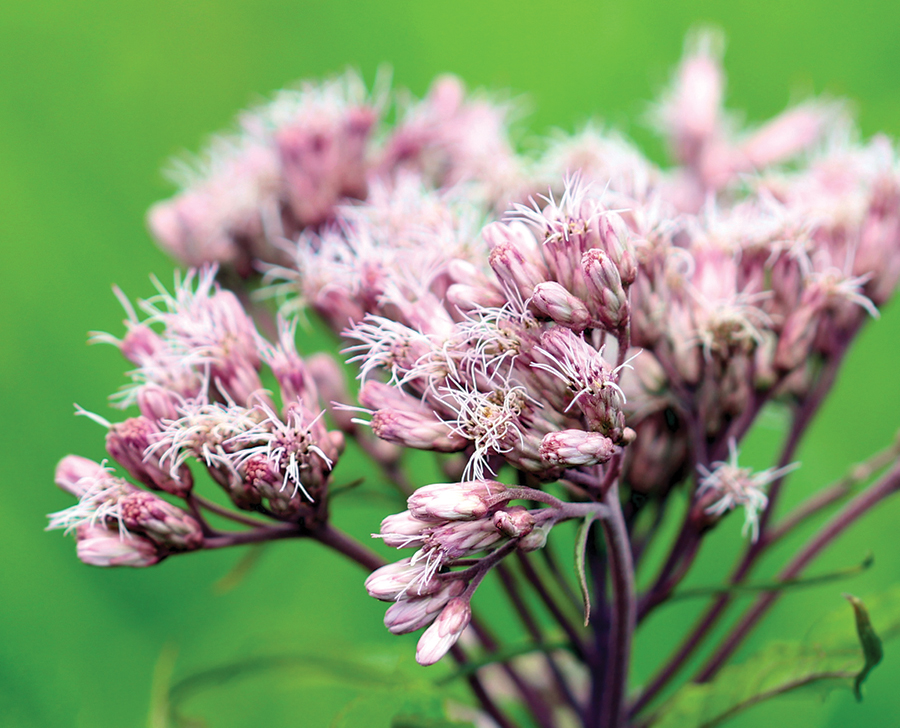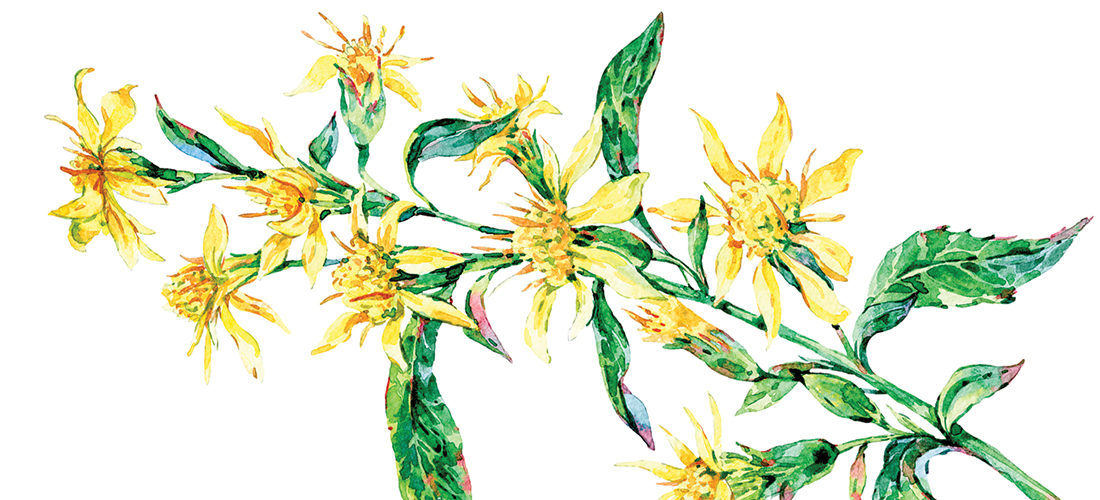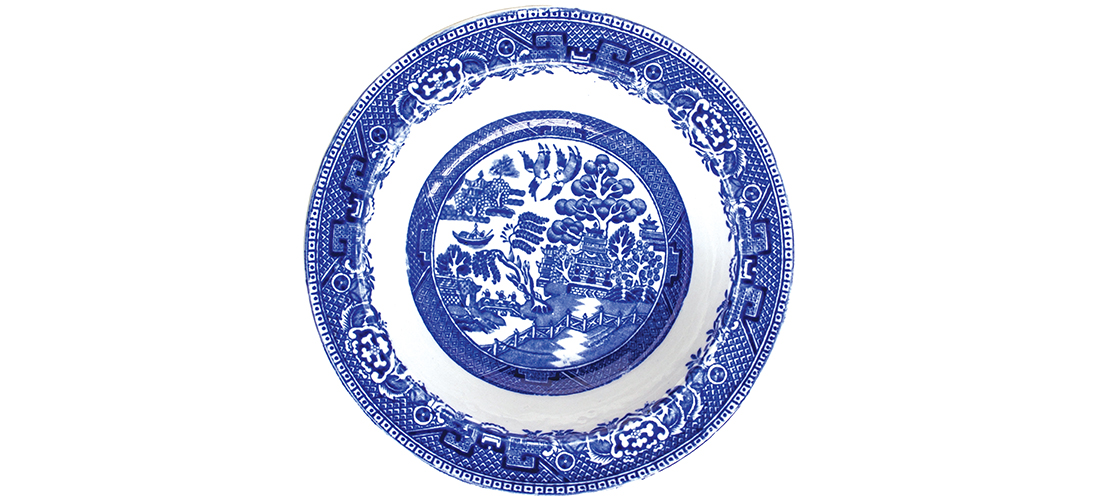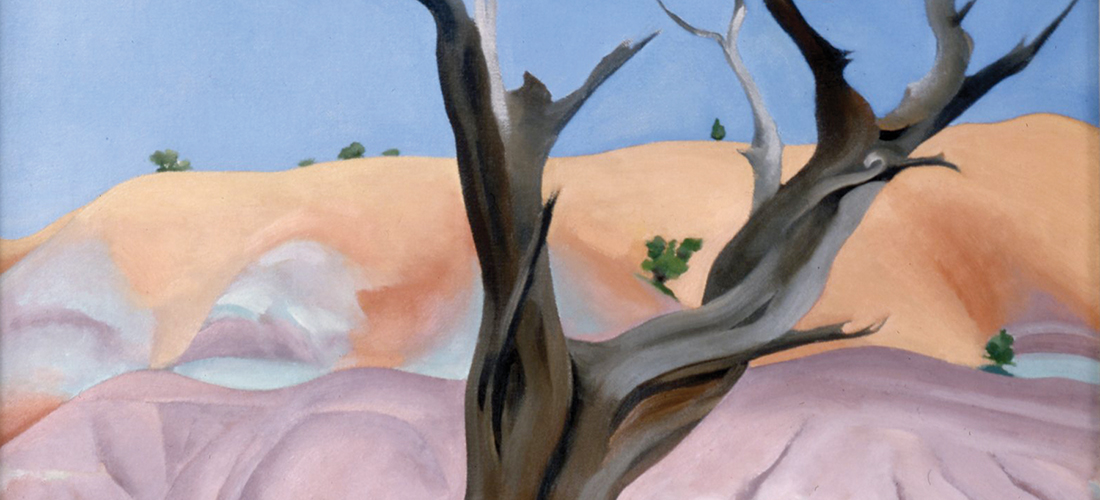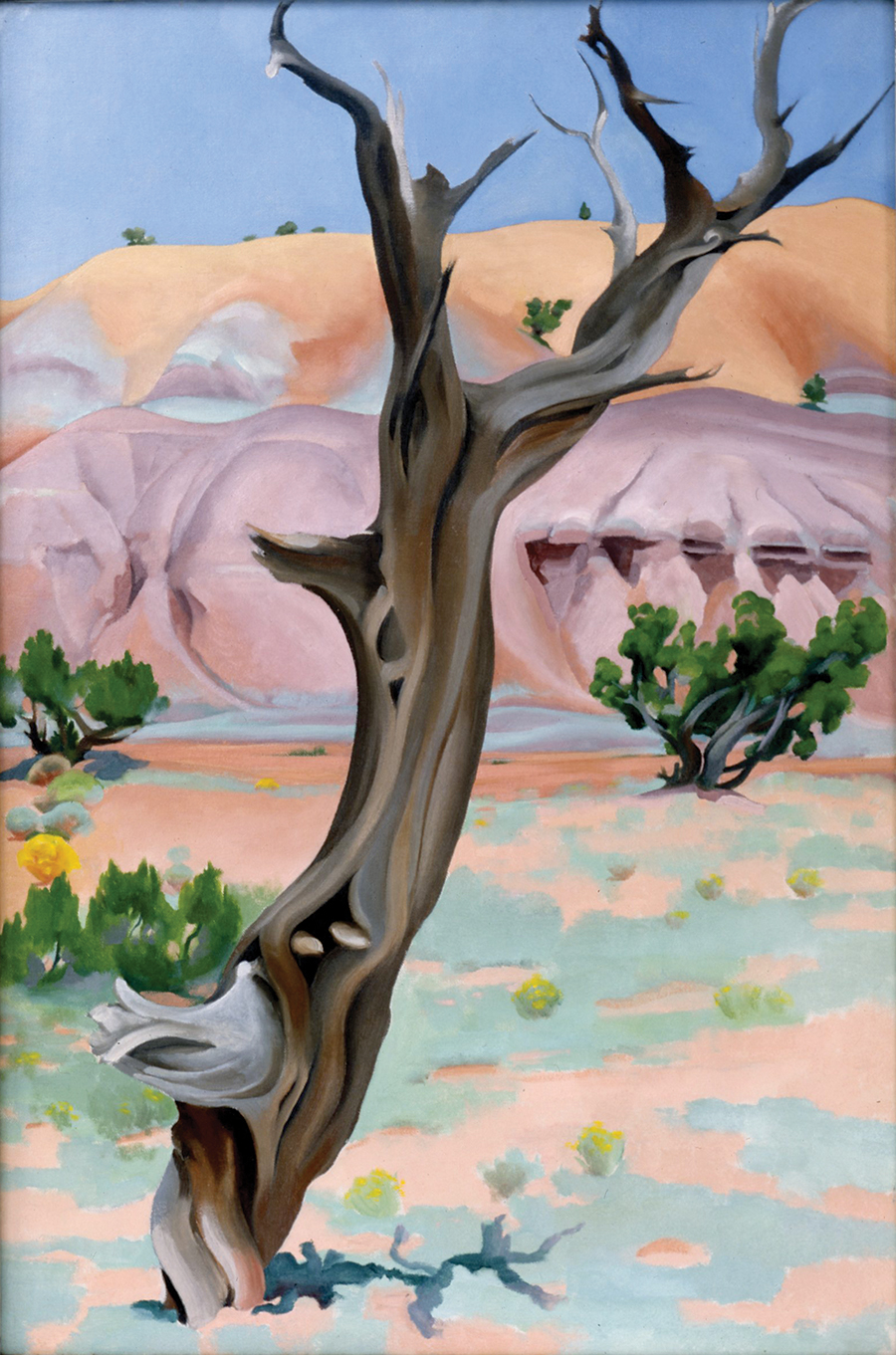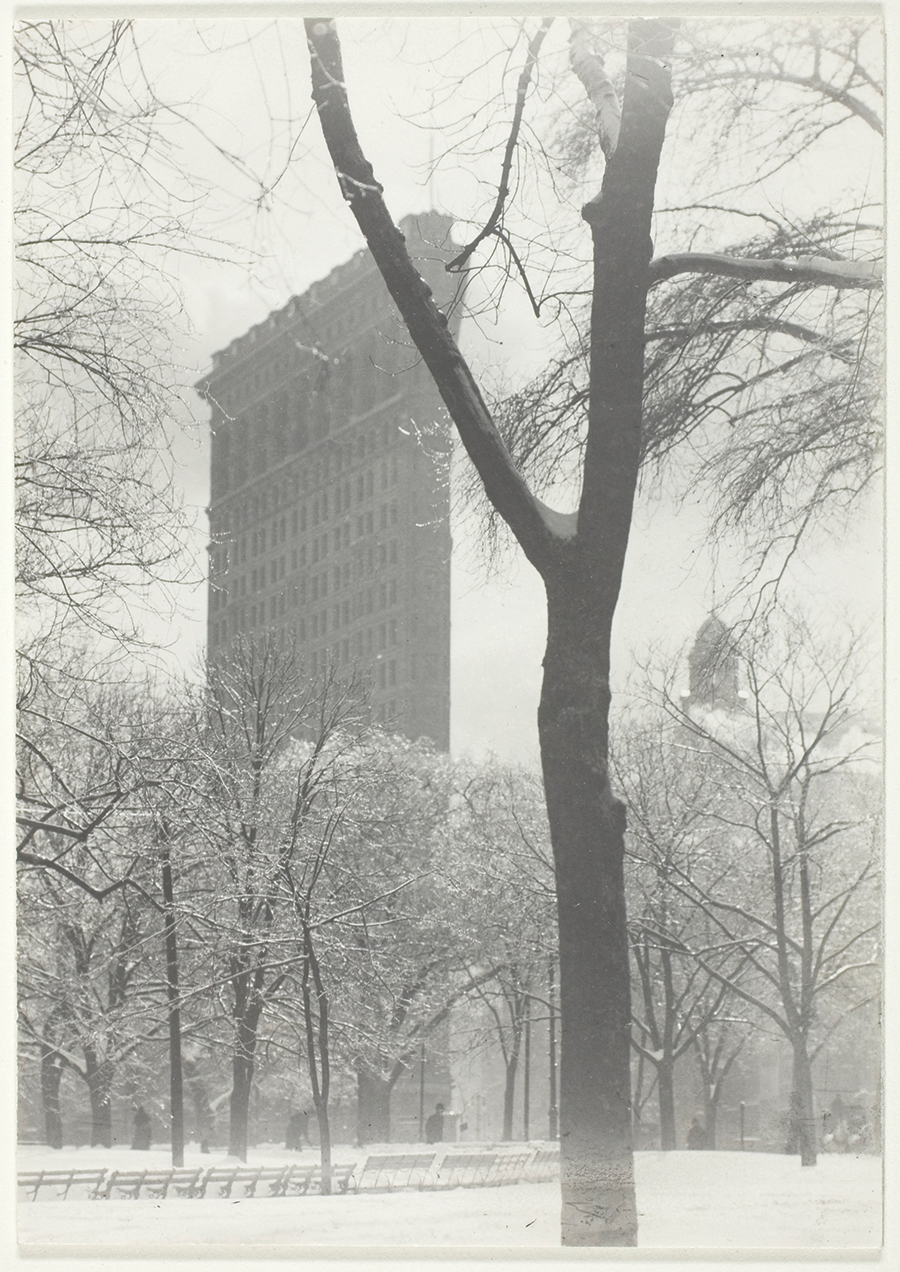First Friday
The bluegrass band Fireside Collective performs on the First Bank Stage at Sunrise Square to benefit the Sunrise Theater, 250 N.W. Broad St., Southern Pines, from 5 p.m. to 8 p.m. on Friday, Sept. 3. There will be food trucks, refreshments and beer from Southern Pines Brewery. No furry friends or rolling, walking or crawling coolers, please. For more information call (910) 692-3611 or go to www.sunrisetheater.com.
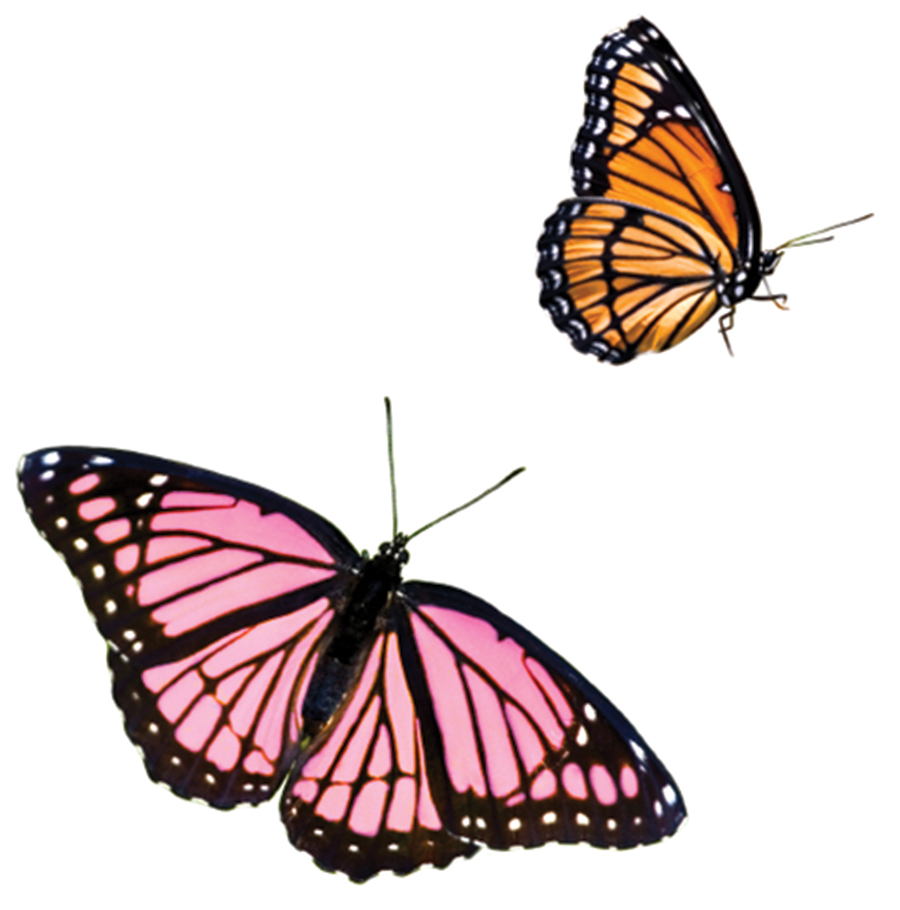
Flutterby Festival
Celebrate butterflies and all God’s pollinators at the Flutterby Festival at the Village Arboretum in Pinehurst on Sept. 25 from 11 a.m. to 2 p.m. Educational activities include presentations on the lifecycle, migration and plight of the monarch butterfly. Feed and befriend hundreds of monarchs in the Magical Monarch Butterfly Tent. You can even tag and release a monarch for its flight to Mexico. For more info go to www.villageheritagefoundation.org.
Sweet on Songs
The Sandhills Repertory Theatre presents America’s Sweethearts, the intricate harmony and dance moves of a dazzling trio of women, in three performances at the Bradshaw Performing Arts Center, Owens Auditorium, 3395 Airport Road, Pinehurst. The musical selections include ’50s pop, jazz and Broadway hits. Opening night is Friday, Sept. 3, at 7:30 p.m., followed by a performance on Saturday, Sept. 4, at 7:30 p.m., and a final matinee on Sunday, Sept. 5, at 2 p.m. Tickets are available at www.ticketmesandhills.com.
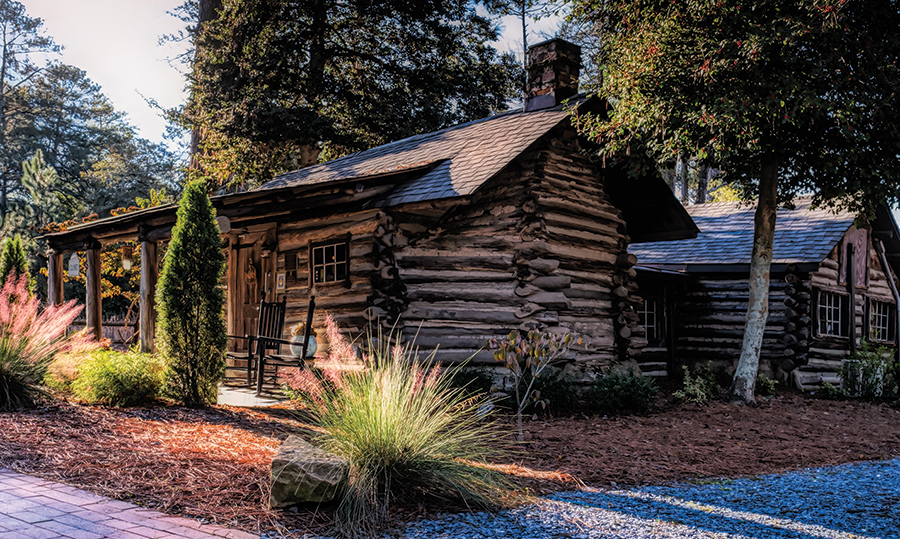
100 Years and Counting
The Sandhills Woman’s Exchange opens for the fall season — and the beginning of its 100th year celebration — with its traditional lunch offerings on Wednesday, Sept. 8, at 15 Azalea Road, Pinehurst. The gift shop opens at 10 a.m. and lunch is served from 11 a.m. to 2 p.m. For information call (910) 295-4677 or visit www.sandhillswe.org.
Outdoor Flicks
It’s like the drive-in, except you’re on foot. The Sunrise Theater will show The Princess Bride outdoors on Sunrise Square at 8 p.m. on Sept. 10 and again on Sept. 11 at the same time. Tickets are $10. In the event of inclement weather, the movie will be shown inside the theater, 250 N.W. Broad St. Bring lawn chairs or blankets, but leave the food and pets at home, please. For additional info call (910) 692-3611 or go to www.sunrisetheater.com. As an encore, Southern Pines Recreation & Parks will show Frozen 2 at the Downtown Park, Southern Pines, on Friday, Sept. 17. For additional information call (910) 692-7376.
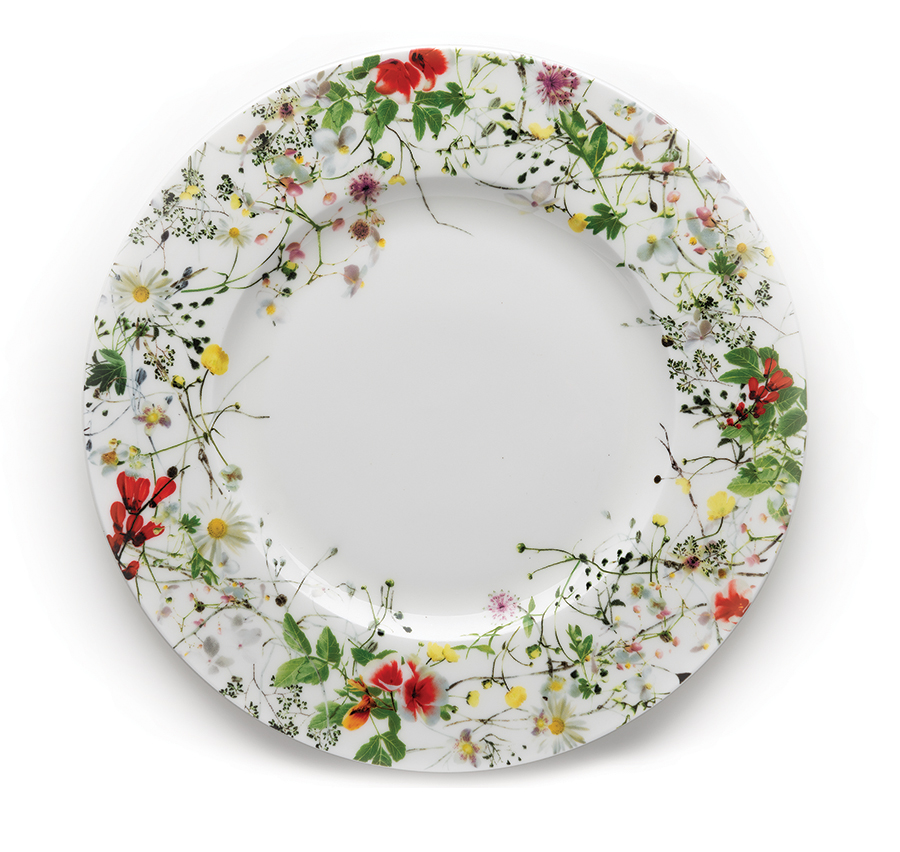
Fall’s in the Air
Enjoy a late September evening on the grounds of the Weymouth Center with music by Stone Dolls, supper catered by Scott’s Table and beers from the Southern Pines Brewing Company, on Wednesday, Sept. 29, from 5 – 7 p.m. at the Weymouth Center for Arts & Humanities, 555 E. Connecticut Ave., Southern Pines. For additional information go to www.weymouthcenter.org or www.ticketmesandhills.com.

Pig o’ My Heart
The Pinehurst Barbecue Festival, presented by Pinehurst Resort, US Foods and Business North Carolina, will spice up the village of Pinehurst on Labor Day weekend from Sept. 3 through Sept. 5. There are four main events: Music on Magnolia; “Q” School Grilling Classes; Bourbon & Bites; and the Ed Mitchell Pitmaster Invitational. Individual tickets are available or you can go “Whole Hog” and swallow the lot. For more information visit www.pinehurstbarbecuefestival.com or go to www.ticketmesandhills.com. Get saucy.
Doin’ the Charleston
Experience the art, architecture and cuisine of the low country in a four-day celebration of Southern elegance presented by the Arts Council of Moore County. The week’s events open with an exploration of the unique architecture of Charleston, South Carolina, featuring Charleston architects Christopher Liberatos and Jenny Bevan, along with artists Jill Hooper and Patrick Webb, at the Sunrise Theater at 6 p.m. on Tuesday, Sept. 28. That’s followed by a low country cooking presentation by acclaimed author Nathalie Dupree and Sandhills Community College’s Angela Webb at 4 p.m. on Wednesday, Sept. 29, at SCC’s Little Hall. There will be a low country luncheon at 195 on Thursday, Sept. 30. The cost is $55 per person, and all proceeds benefit the Arts Council’s children’s arts program. The week wraps up with a presentation and book signing by Dupree at 10 a.m. on Friday, Oct. 1, in the Moore Montessori Community School auditorium and, at 6 p.m. that evening, the Campbell House will host a gallery opening featuring the artworks of Evelyn Dempsey, Mark Horton, Carol Ezell-Gilson and Ron Rocz. In addition to the above events, all free with the exception of the luncheon, acclaimed children’s author Kelly Starling Lyons will be visiting Moore County schools on Thursday, Sept. 30. For more information call (910) 692-2787.



















